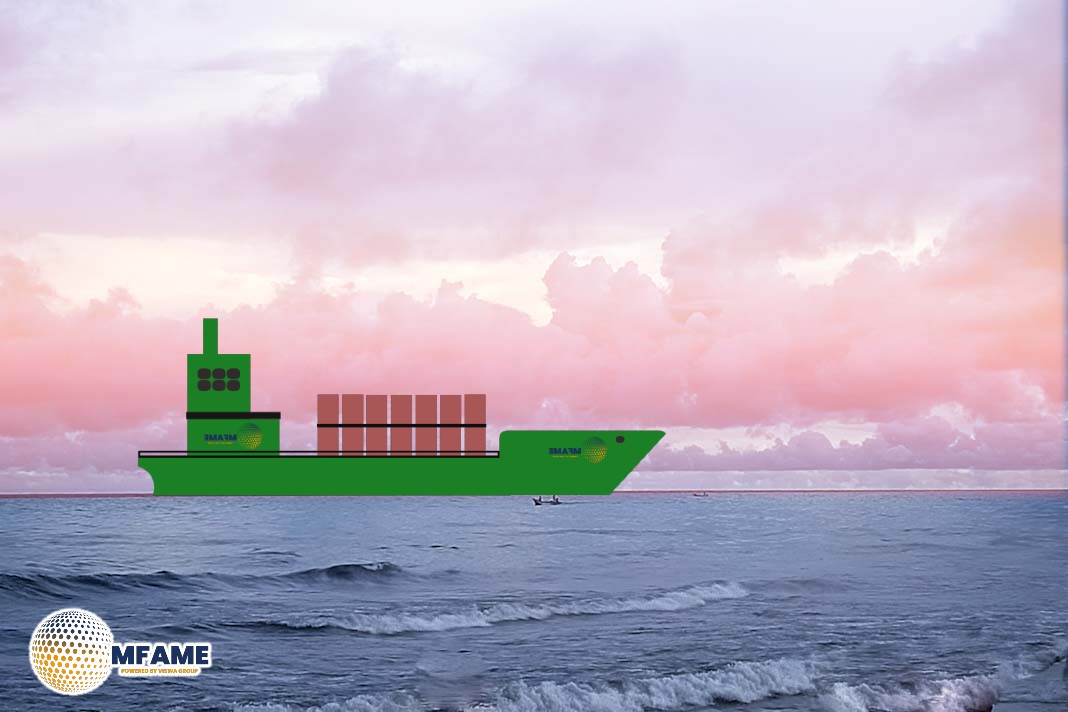A vessel cook receives burns from oil spill due to faulty thermostat, reports an IMCA safety flash.
What happened?
On an offshore support vessel, a cook was deep-frying fish in a shallow-sided gimballed “gyro” frying pan. Unbeknown to the cook the pan’s thermostat was faulty. The oil overheated, started smoking and ignited shortly afterwards. The cook activated the fixed wet chemical fire-extinguishing system. As the wet chemical filled the gimballed frying pan the burning oil spilled out onto the galley deck, covering the cook’s legs and feet in boiling oil.
The cook collapsed to the deck of the galley, shouting for help. The cook’s screams were heard by a passing crew person, who ran into the galley and dragged the cook out of danger. The wet chemical had successfully extinguished the fire in the pan, but had made a mess of the galley and severely injured the cook.
The electric supply to the gyro pan was isolated and the oil was left to cool in the pan before being removed. The cook was airlifted to hospital and treated for burns.
What went wrong?
- The cook routinely used the gyro pans to fry fish because the galley’s two deep fat fryers took a long time to heat up and needed a lot of oil. The MAIB notes that a gyro pan is unsuitable for use as a deep fat fryer due to the risk of oil splashing or spilling out over the shallow sides.
- The thermostat was faulty. Safety devices such as thermostats can malfunction, leading to unsafe situations if solely relied on.
- The activation of the fixed firefighting system installed above the pan caused the hot oil to spill out over the shallow sides when the wet chemical was deployed. Emergency systems and appliances might not function as expected on contact with incorrectly used equipment – this had serious consequences in this instance.
Lessons to learn
- The cook used a potentially hazardous work-around because the other equipment took too long to use. The workplace should be designed to make it easy to do things safely rather than easy to do things unsafely.
- Stop and think: why are we taking a short-cut? Could there be unknown hazards involved? Can we find a way to make the short-cut unnecessary, and if not, can we make it completely safe?
- Regularly check and maintain equipment, particularly equipment with thermostats or other safety cut-offs.
- If an appliance becomes hotter than expected, make sure it is reported to, and tested by, appropriately trained personnel.
- Always use equipment for its intended design purpose and in line with manufacturer’s guidance.
Did you subscribe to our daily Newsletter?
It’s Free Click here to Subscribe!
Source: IMCA


















